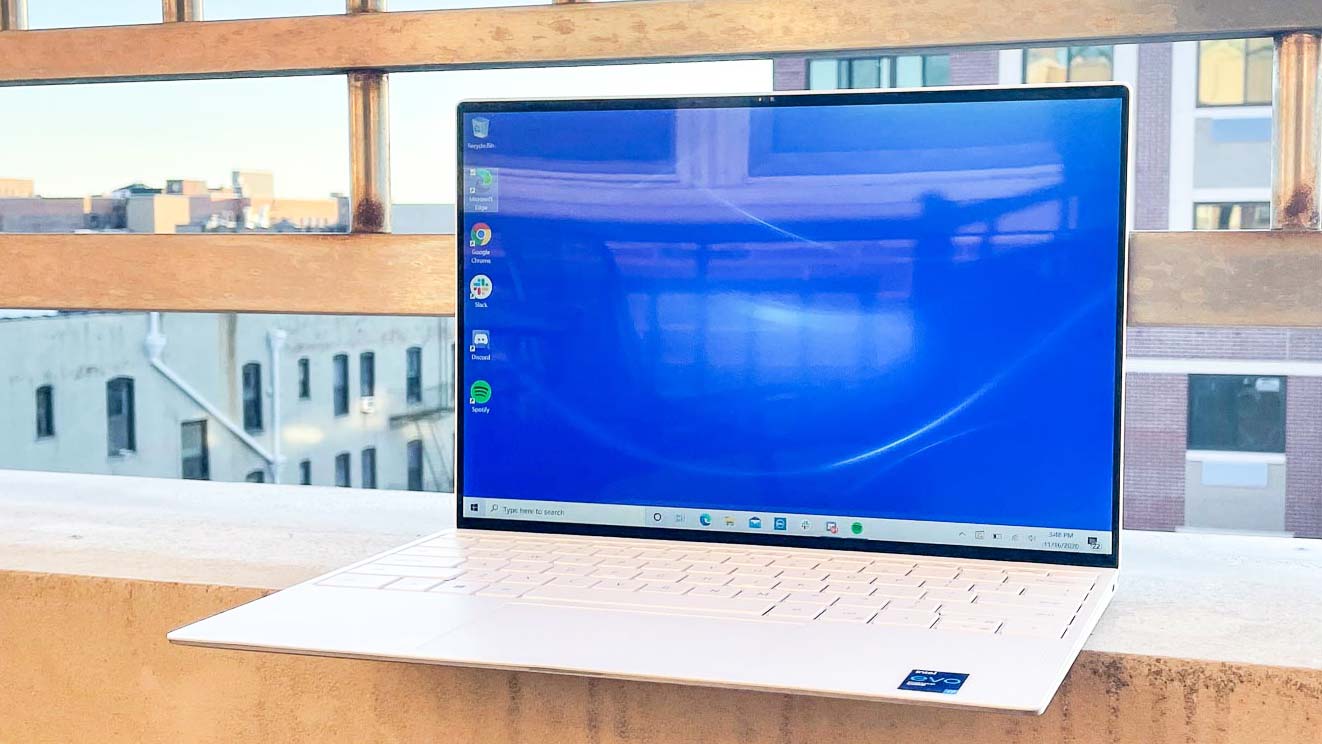Dell XPS 13 with OLED display unveiled -- here's what you'll pay
A new 3.5K OLED screen makes the excellent XPS 13 better

Tech enthusiasts have one less nit to pick with the critically acclaimed Dell XPS 13 now that Dell has added an option to outfit the notebook with an OLED touchscreen for an extra $300.
This optional upgrade should improve contrast and color gamut on the XPS 13 and bring it in line with the its big brother, the XPS 15, which has been available with an OLED screen for some time.
An OLED screen option also gives the XPS 13 a potential edge over the 13-inch MacBook Pro, which is in close competition with Dell for top billing in our list of the best laptops you can buy right now.
- See how the XPS 13 ranks among our best laptops
- Don't miss our Dell XPS 15 (2020) review
- Plus: Dell XPS 13 vs MacBook Pro: Which laptop is best?
In our MacBook Pro 13-inch (2020) review we found Apple's 2560 x 1600 display to be among the best you can buy in a 13-inch laptop, with better brightness and color gamut than either the HD or 4K models of the XPS 13. The addition of an OLED screen may help the XPS 13 compete more effectively, though there are reports of a new MacBook Pro refresh with mini-LED screens coming later this year.
As you might guess, mini-LED screens utilize much smaller LEDs than standard LED screens, making them more efficient, thinner, and more effective at local dimming. This has led some manufacturers and industry watchers to herald mini-LED screens as cheaper and better than their OLED competitors, though it's hard to beat an OLED's ability to achieve deep blacks by selectively switching off individual LEDs.
Of course, in our Dell XPS 13 (2020, 11th Gen) review, we found little to criticize about the standard 13.4-inch 1920 x 1200 WLED LCD display, which delivered bright, vibrant video performance on a screen with some of the slimmest bezels we've seen yet. The laptop can also be configured with a 4K (3840 x 2400) display for an additional $360.
We should point out that Dell classifies the new OLED screen option as a 3.5K display, since its 3456 x 2160 resolution falls a bit short of full 4K. That's still better than some competing laptops with OLED displays, like the HP Spectre x360 14 with its 3,000 x 2,000 OLED, but it's something worth noting for true 4K enthusiasts.
Get instant access to breaking news, the hottest reviews, great deals and helpful tips.
The new OLED screen option on the XPS 13 is also rated for 400 nits of brightness, which is a bit less than the 500 nits promised by the non-OLED screen options. That said, the way OLED screens display blacks by selectively shutting off pixels tends to create much richer contrasts between light and dark, which could make scenes pop off the screen in a way that just cranking up the brightness can't match.
Whether or not that makes a difference to you depends on how keen your eyes are, and we're eager to get one of the new OLED-equipped XPS 13 notebooks in for review so we can see for ourselves.
- Check out our Alienware m17 R3 review
- More: Microsoft Surface Laptop 4 promises 19 hours of battery life

Alex Wawro is a lifelong tech and games enthusiast with more than a decade of experience covering both for outlets like Game Developer, Black Hat, and PC World magazine. A lifelong PC builder, he currently serves as a senior editor at Tom's Guide covering all things computing, from laptops and desktops to keyboards and mice.
